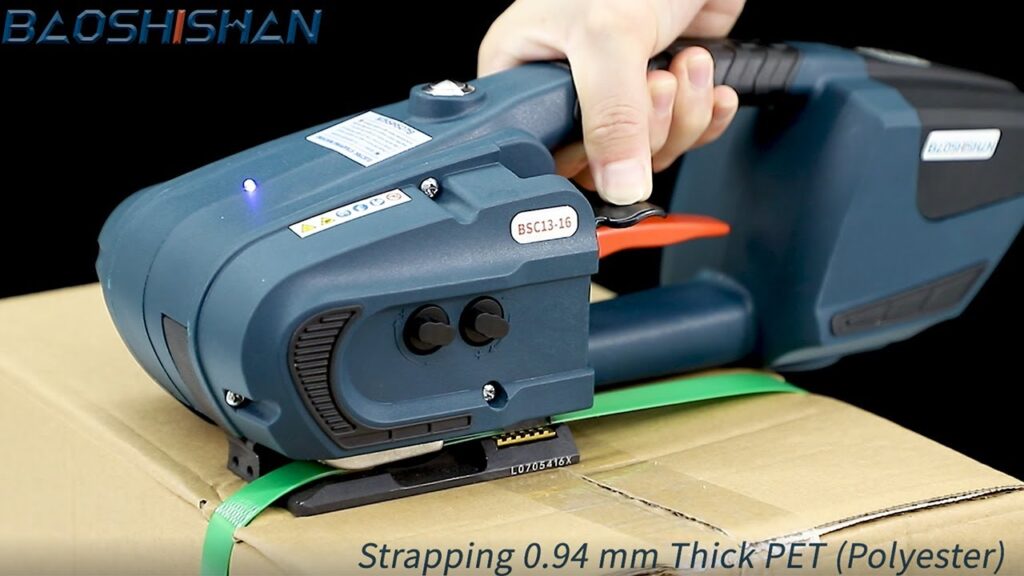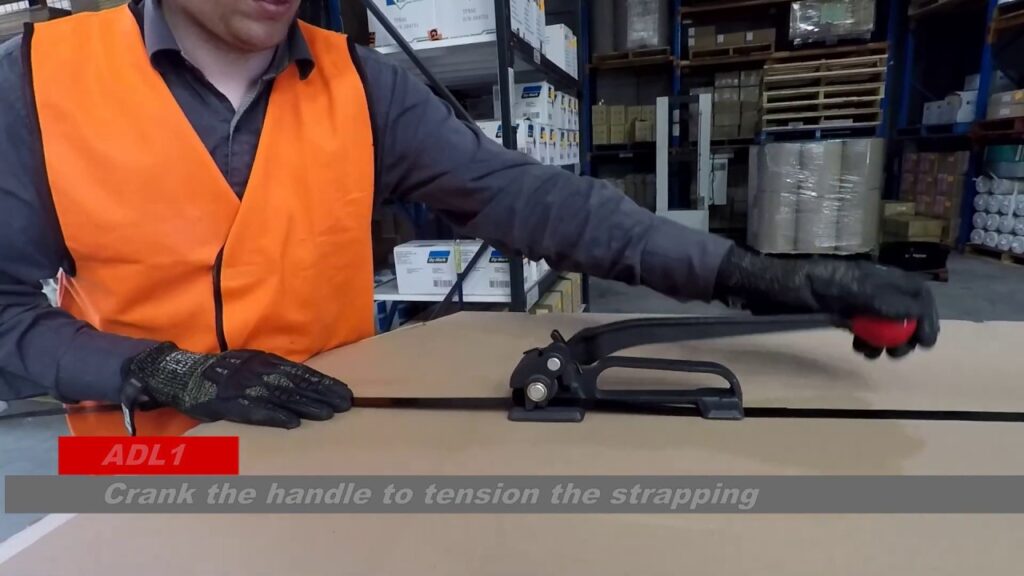Automatic Strapping Machine: A Step-by-Step Guide to Loading Machine Strap Correctly
In today’s fast-paced world, automation plays a crucial role in enhancing efficiency and productivity across various industries. One such innovation is the Automatic Strapping Machine, a marvel of engineering that simplifies the strapping process while maximizing output. If you own or operate a strapping machine, or simply have an interest in the subject, this article will provide you with a step-by-step guide on how to load machine strap correctly.
Loading strap onto an Automatic Strapping Machine may seem like a trivial task, but doing it correctly can make a significant difference in the efficiency and effectiveness of the entire procedure. To help you achieve optimal results, we have compiled a comprehensive guide that outlines each step in detail.
Step 1: Prepare the Machine
Before diving into the strapping process, it is essential to ensure that the Automatic Strapping Machine is in optimal condition. Check the power supply, make sure all safety features are in place, and inspect the machine for any visible damages or obstructions. It’s crucial to follow the machine manufacturer’s instructions for preparation.
Step 2: Choose the Correct Strap
The choice of strap is critical in maintaining the integrity of your packaged goods. The most common types of straps used with Automatic Strapping Machines are polypropylene (PP) and polyester (PET). PP straps are ideal for lighter loads, while PET straps offer higher tensile strength for heavier packages. Always select the strap that is suitable for your specific application.
Step 3: Load the Strap Roll
Loading the strap roll onto the Automatic Strapping Machine is a relatively simple yet crucial step. Open the machine’s bottom cover or access panel, and locate the holder for the strap roll. Insert the strap into the holders and ensure it unwinds smoothly without any tangles or twists. Proper alignment is critical to prevent jams during operation.
Step 4: Thread the Strap Through the Machine
Once the strap roll is loaded correctly, it’s time to thread the strap through the machine. Follow the machine manufacturer’s instructions on how to correctly thread the strap through the designated path. Ensure that the strap is securely threaded through all necessary components, including tensioners, guides, and the heater element.
Step 5: Adjust the Tension and Heat
Now that the strap is threaded correctly, it’s essential to adjust the tension and heat settings to match your packaging requirements. Use the machine’s control panel to set the desired tension level and heat intensity. Proper tension ensures that the strap securely holds the package, while the right heat setting ensures optimal sealing efficiency.
Step 6: Test the Machine
Before using the Automatic Strapping Machine for actual packaging, it is advisable to perform a test run. This will help ensure that the machine is functioning correctly, and all adjustments made in the previous steps are working as intended. Test the strapping process on a sample package to verify the tension, heat sealing, and overall performance.
Step 7: Begin Strapping
Once the machine passes the test run, you are ready to begin the strapping process. Position the package securely within the machine’s strapping area, ensuring that it aligns properly with the strap guide. Initiate the strapping process, and the Automatic Strapping Machine will automatically dispense the strap, tension it around the package, and seal the strap with heat.
Step 8: Repeat as Necessary
The beauty of an Automatic Strapping Machine lies in its ability to streamline the strapping process for high-volume operations. Repeat the strapping process for each package, ensuring that they are adequately positioned and the strap is loaded correctly.
Step 9: Maintenance and Troubleshooting
Regular maintenance is crucial to ensure the long-term reliability and performance of your Automatic Strapping Machine. Refer to the machine’s manual for maintenance schedules, cleaning procedures, and troubleshooting guidelines. Additionally, consult with the manufacturer or authorized service personnel for any technical support or repairs.
In conclusion, mastering the art of loading machine strap correctly on an Automatic Strapping Machine is essential for maximizing productivity and efficiency in packaging operations. By following these step-by-step instructions, you can streamline the strapping process, reduce downtime, and achieve consistent and reliable results. Remember to always prioritize safety and adhere to the machine manufacturer’s guidelines for optimal performance.
Strapping Machines
“Efficient Strapping: Mastering Load Loading on an Automatic Strapping Machine”


